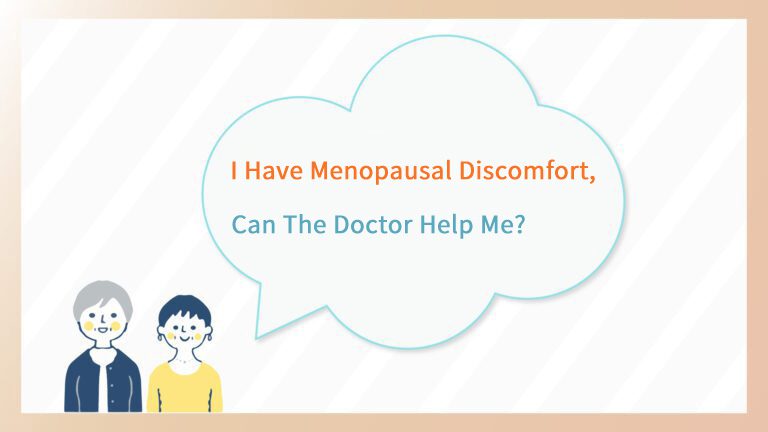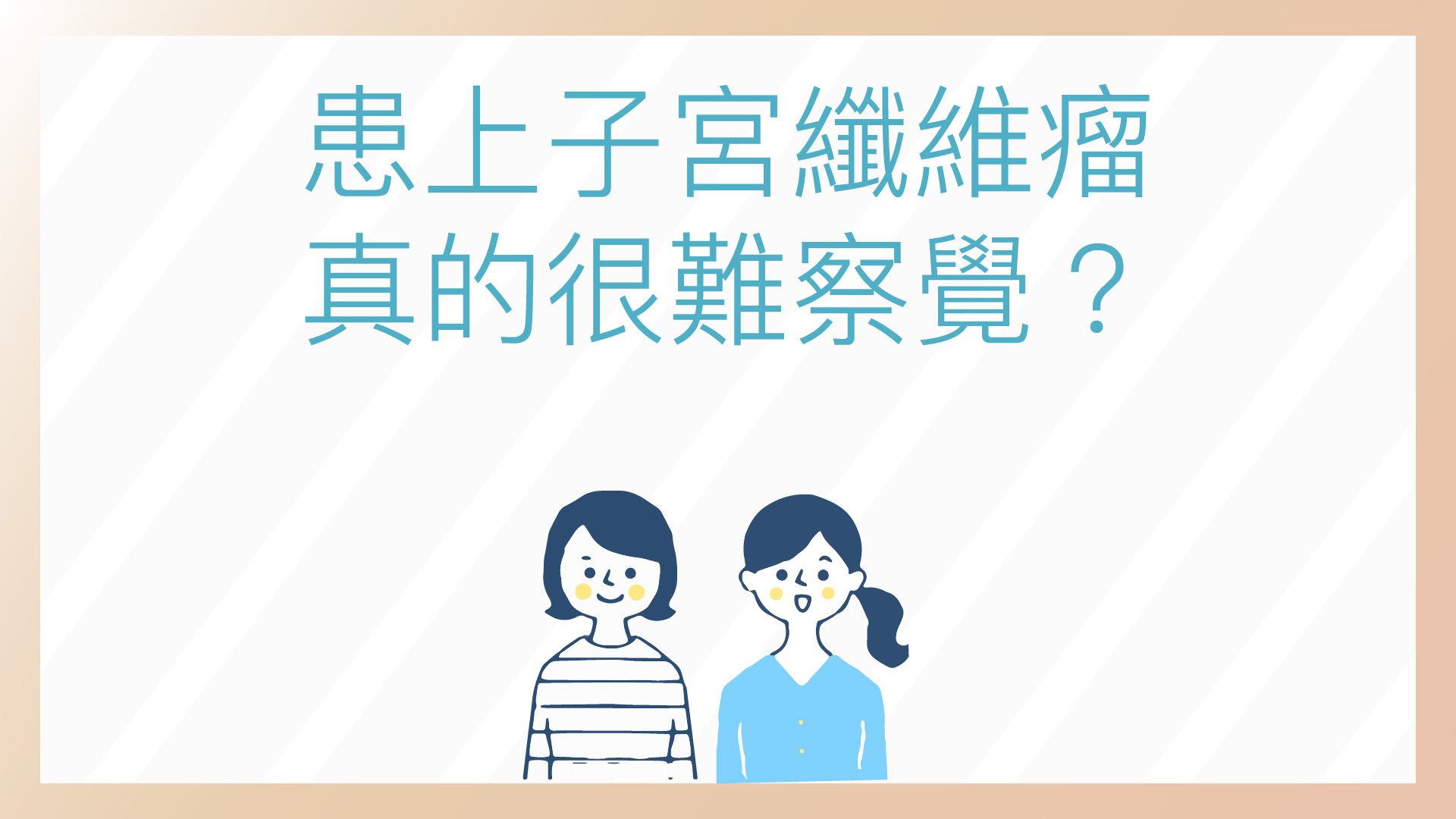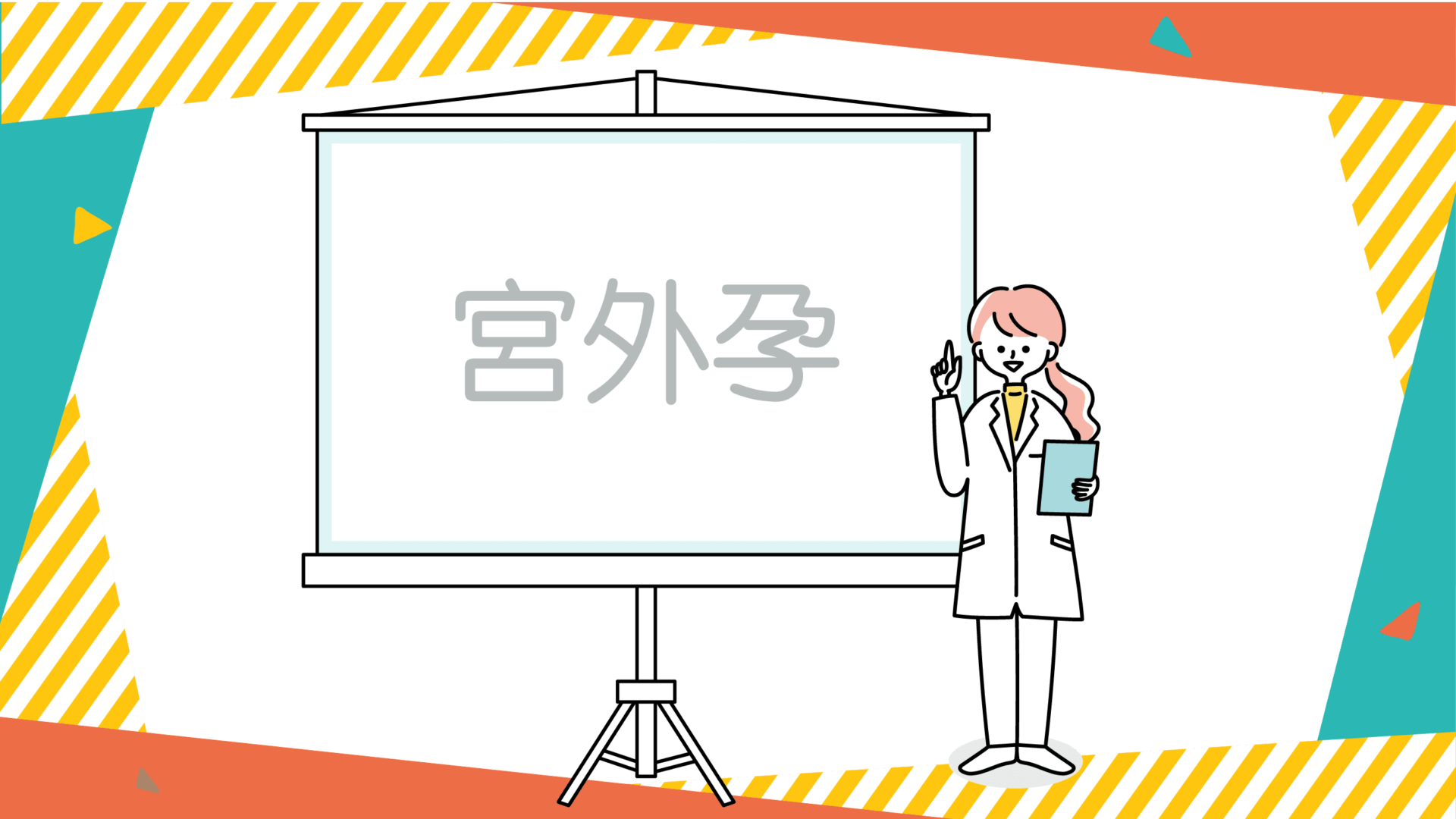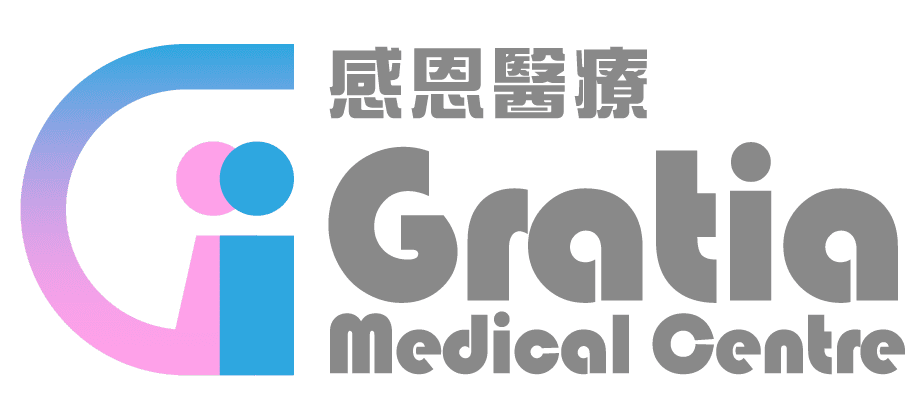The menopause is when a woman stops having periods. It happens when the ovaries stop releasing eggs and estrogen hormone, or the ovaries have been removed. Most Chinese women have the menopause between 45 to 55 years, with the average age being 51 years. However, menopause can occur earlier in some women. If it occurs before the age of 40, it is known as premature menopause. The time before the last period is called the perimenopause. This can last from a few months to several years. Around half of all women notice physical and / or emotional symptoms during this time.
Changes during the perimenopause
The first sign of the menopause is usually a change in the normal pattern of periods. Women may notice either unusually light or heavy periods. Intervals between periods may become irregular, varying from once every 2-3 weeks to every few months before they eventually stop altogether.
Common menopausal symptoms
![]() hot flushes – short, sudden feelings of heat, usually in the face, neck and chest, which can make your skin red and sweaty;
hot flushes – short, sudden feelings of heat, usually in the face, neck and chest, which can make your skin red and sweaty;
![]()
![]()
![]()
![]()
![]()
![]()
![]()
![]()
![]()
![]()
![]()
![]()
![]()
![]()
![]()
![]()
![]()
![]()
![]()
![]()
![]()
![]()
![]()
![]()
![]()
![]()
![]()
![]()
![]()
![]()
![]()
![]()
![]()
![]()
![]()
![]()
![]()
![]()
![]()
![]()
![]()
![]()
![]()
![]()
![]()
![]()
![]()
![]()
![]()
![]()
![]()
![]()
![]()
![]()
![]()
![]()
![]()
![]()
![]()
![]()
![]()
![]()
![]()
![]()
![]()
![]()
![]()
![]()
![]()
![]()
![]()
![]()
![]()
![]()
![]()
![]()
![]()
![]()
![]()
![]()
![]()
![]()
![]()
![]()
![]()
![]()
![]()
![]()
![]()
![]()
![]()
![]()
![]()
![]()
![]()
![]()
![]()
![]()
![]()
![]()
![]()
![]()
![]()
![]()
![]()
![]()
![]()
![]()
![]()
![]()
![]()
![]()
![]()
![]()
![]()
![]()
![]()
![]()
![]()
![]()
![]()
![]()
![]()
![]()
![]()
![]()
![]()
![]()
![]()
![]()
![]()
![]()
![]()
![]()
![]()
![]()
![]()
![]()
![]()
![]()
![]()
![]()
![]()
![]()
![]()
![]()
![]()
![]()
![]()
![]()
![]()
![]()
![]()
Every woman experiences the menopause differently. Some experience one to two symptoms, which may be mild; while others have more severe and distressing symptoms. On average, most symptoms last around 4 years from the last period, but around 1 in every 10 women experience them for up to 12 years.
Is it necessary to confirm menopause with hormone tests?
Women who are over 45 years old and have menopausal symptoms do not need any hormone tests to diagnose menopause. Treatment options are offered based on symptoms alone.
What are the treatment options?
1) Lifestyle changes –
Regular aerobic exercise such as running and swimming may help, as may low intensity exercise such as yoga. Reducing the intake of caffeine and alcohol may also help to reduce hot flushes and night sweats.
2) Non-prescribed treatments –
Plants or plant extracts, such as St John’s wort, black cohosh and isoflavones (soya products), can help reduce hot flushes and night sweats for some women. However, their safety is unknown. Unlike prescribed medicine, there is no legal obligation for health supplements to be licensed. Unlicensed products may vary greatly in their actual contents.
Alternative therapies such as acupressure, acupuncture or homeopathy may help some women. More research is, however, required on the benefits from these therapies.
3) Psychological treatment –
Cognitive behavioural therapy (CBT) is a type of psychological treatment, which is effective in dealing with low mood or anxiety related to menopause.
4) Other prescription medicines –
Non-hormonal treatments include clonidine or gabapentin for hot flushes. The drugs need to be prescribed by doctors.
5) Hormone replacement therapy (HRT) –
Hormone replacement therapy (HRT) replaces the estrogen hormone, and is the most effective treatment for menopausal symptoms. There are two major types of HRT:
i) Estrogen alone HRT – for women who have had hysterectomy to remove the womb.
ii) Combined estrogen and progestogen HRT – for women who still have their womb. In the presence of a womb, estrogen alone can cause uterine cancer, and adding progestogen can prevent this from happening. The combined HRT can be in the forms of cyclical or continuous. Cyclical combined HRT is usually given to women before they have menopause or within 12 months of their last period, and they will have regular monthly withdrawal bleeds. Continuous combined HRT is given to women who start their HRT more than 12 months after their last period. They may experience some bleeding in the first 3 months, but the bleeding will gradually subside with time.
What are the benefits of HRT?
![]()
![]()
![]()
![]()
![]()
![]()
![]()
![]()
![]()
![]()
![]()
![]()
![]()
![]()
![]()
![]()
![]()
![]()
![]()
![]()
![]()
![]()
![]()
![]()
![]()
![]()
![]()
![]()
![]()
![]()
![]()
![]()
![]()
![]()
![]()
![]()
![]()
![]()
![]()
![]()
![]()
![]()
![]()
![]()
![]()
![]()
![]()
![]()
![]()
![]()
![]()
What are the risks of HRT?
![]()
![]()
![]()
![]()
![]()
![]()
![]()
![]()
![]()
![]()
![]()
![]()
![]()
![]()
![]()
![]()
![]()
![]()
![]()
![]()
![]()
![]()
![]()
![]()
![]()
![]()
![]()
![]()
![]()
![]()
![]()
![]()
![]()
![]()
![]()
![]()
![]()
![]()
![]()
![]()
![]()
![]()
![]()
![]()
![]()
![]()
![]()
![]()
![]()
![]()
![]()






